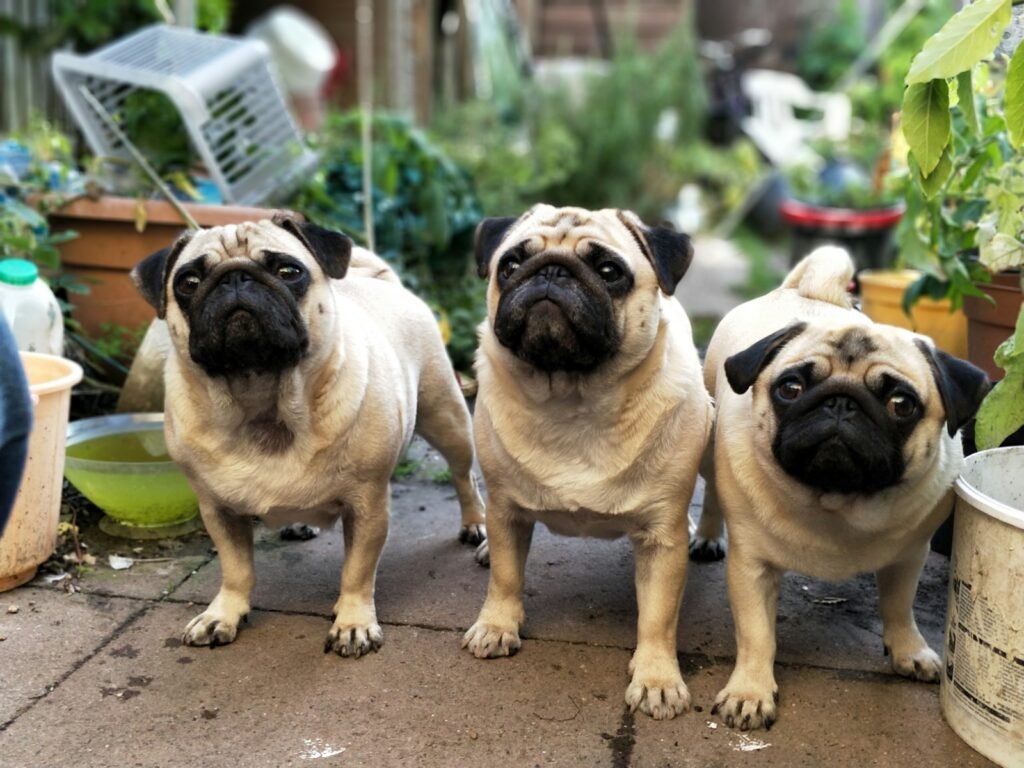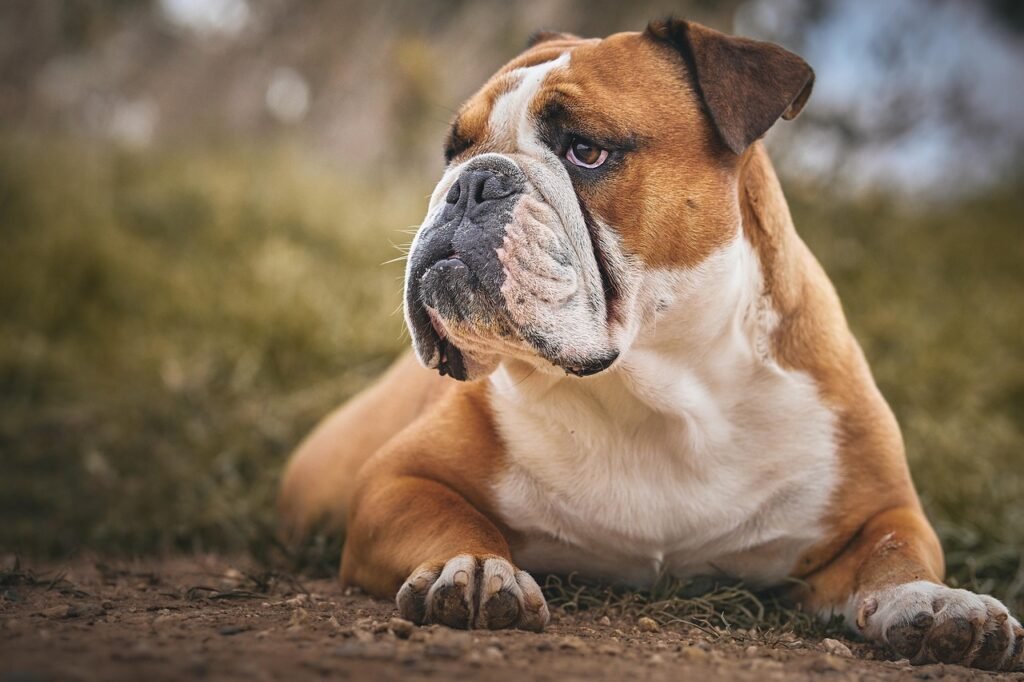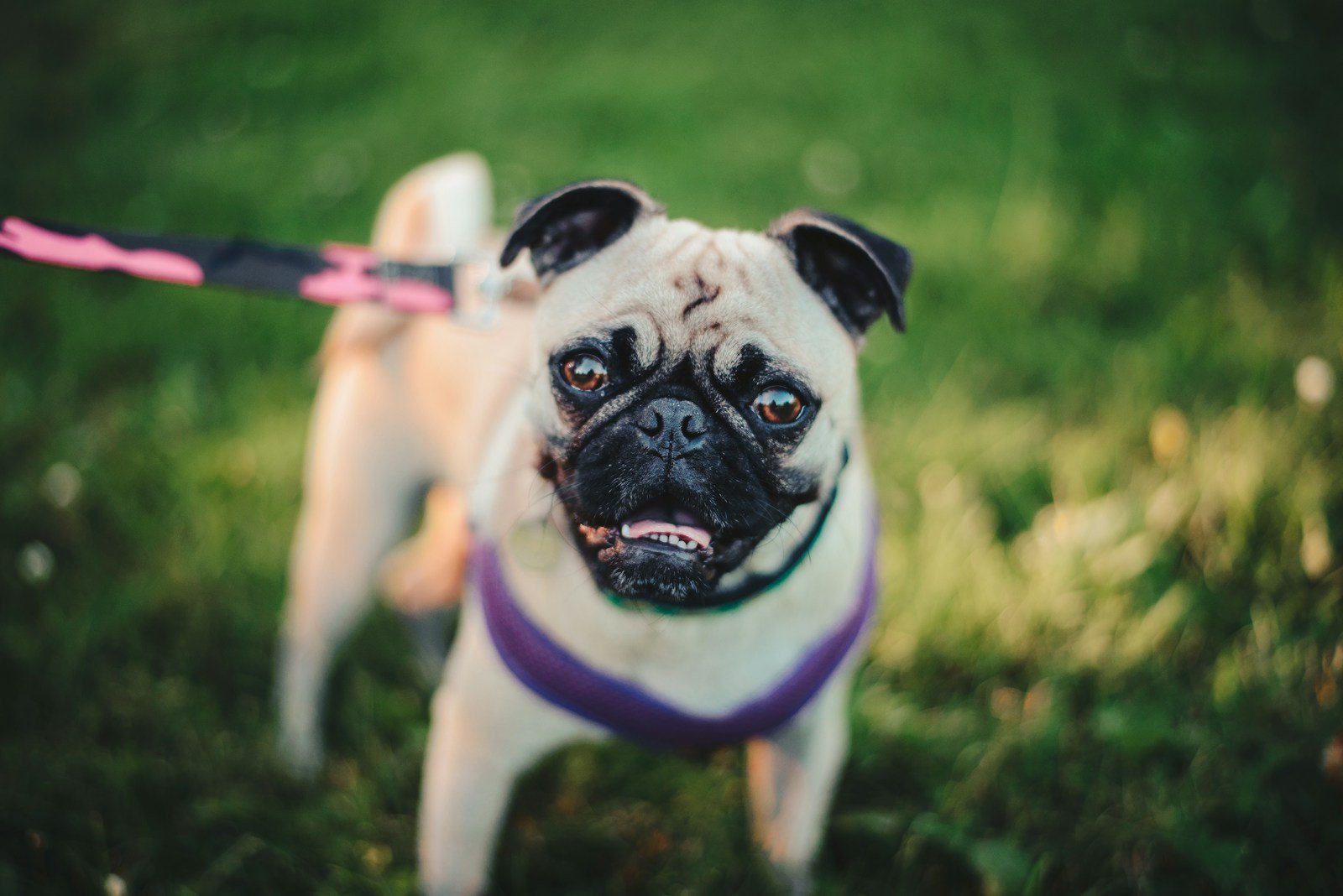If you’ve ever looked at a Persian cat and thought it resembled a pug, you’re not wrong—and now science has the proof.
In a groundbreaking study, researchers from Cornell University and Washington University have discovered that selective breeding has pushed certain cats and dogs to evolve in strikingly similar ways. Despite being separated by 50 million years of evolution, some brachycephalic (smush-faced) breeds like Persian cats and Pekingese dogs have developed nearly identical skull structures. And it turns out we’re the reason why.
Converging Through Human Hands

The phenomenon, known as “convergence,” occurs when unrelated species evolve similar traits due to similar environmental pressures. But in this case, the pressure didn’t come from nature—it came from humans and our ideas of cuteness.
“They start off in different places,” said senior author Abby Drake, a lecturer at Cornell, “but because humans applied the same selection pressures, they evolved to look almost identical to each other.”
According to the peer-reviewed study, the rapid changes seen in cats and dogs are extraordinary. Through generations of crossbreeding, humans have shaped these animals faster than evolution typically allows. Domestic dogs and cats are now among the most morphologically diverse species in their respective families—Carnivora for dogs and Felidae for cats.
A Short-Faced Trend with Long-Term Effects

The convergence isn’t just a fluke—it’s been repeated across breeds. In dogs, it’s happened in bulldogs, Pekingese, and Shih Tzus. In cats, Persian, Himalayan, and Burmese breeds all show the same short-faced features.
But while these flattened faces might be considered cute, researchers warn they come at a steep cost. According to the Royal Society for the Prevention of Cruelty to Animals (RSPCA), brachycephalic animals are prone to a host of health issues: difficulty breathing, trouble eating due to dental misalignment, chronic eye problems, skin infections, and even spinal deformities. These conditions often require costly veterinary care and can significantly reduce the animal’s quality of life.
According to the study, these issues that can arise in smushed-face cats and dogs means they would most likely not survive in the wild.
Evolution at Warp Speed
What’s most shocking is how fast this change has happened. Evolution typically takes millions of years, but humans have pushed these breeds into extreme shapes in just a few centuries.
According to the study, domestic dogs now show more skull diversity than the entire order of Carnivora, which includes animals as different as weasels, foxes, and walruses. Cats, too, are more diverse in skull shape than all 41 species in the wild cat family, Felidae.
What It Means Going Forward

Though the findings help us understand evolution, they also raise tough questions about how far we should go in designing the pets we love. Just because we can breed for a look doesn’t mean it’s the right choice for the animal.
As these breeds continue to grow in popularity, researchers hope their work can spark conversations about ethical breeding and animal welfare. Because behind every flat face is a complex story of biology, behavior—and human influence.






